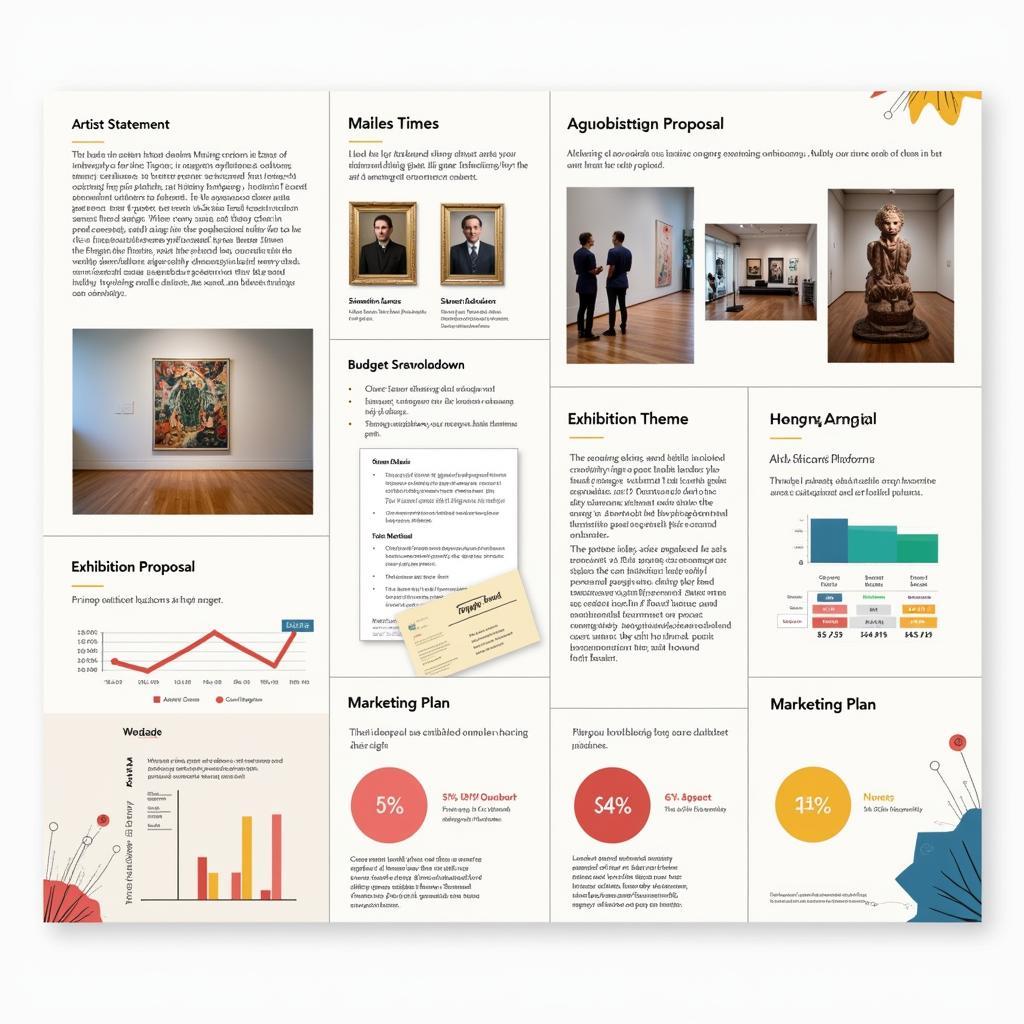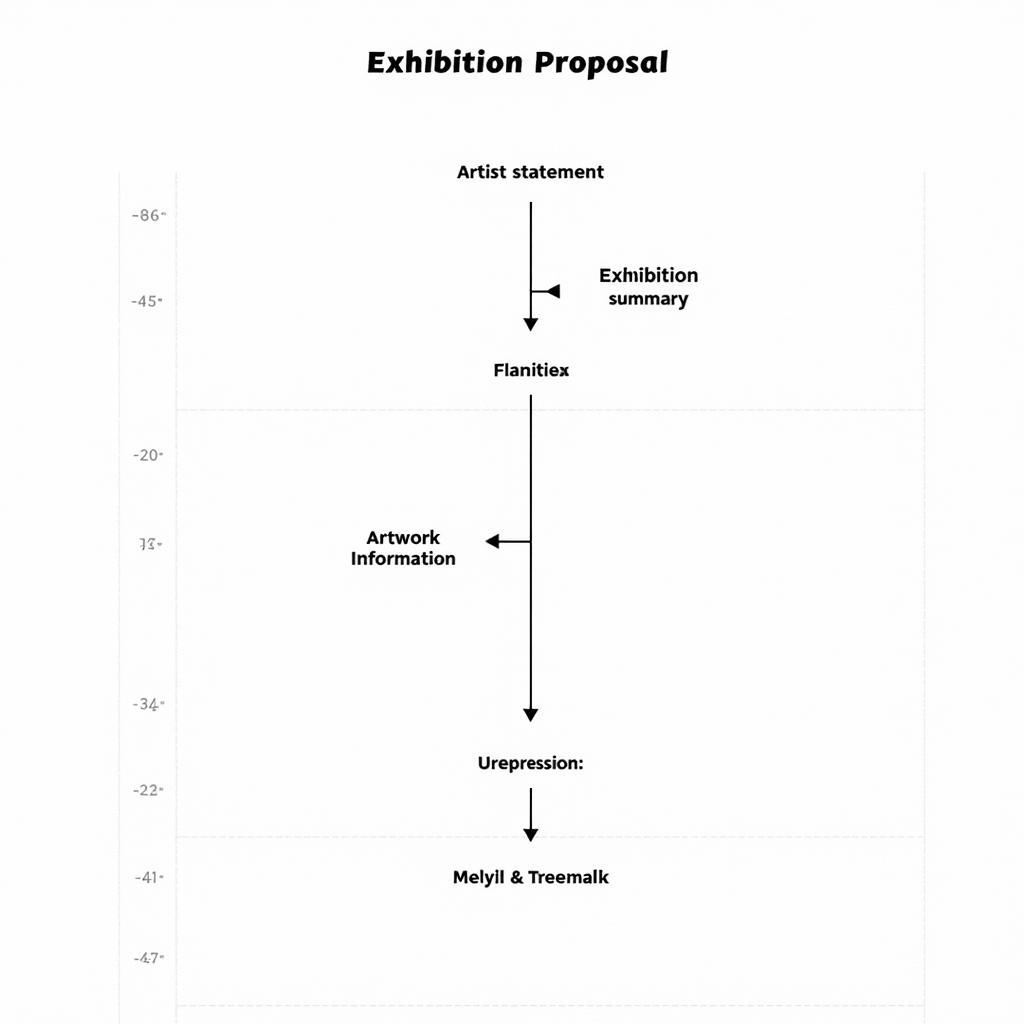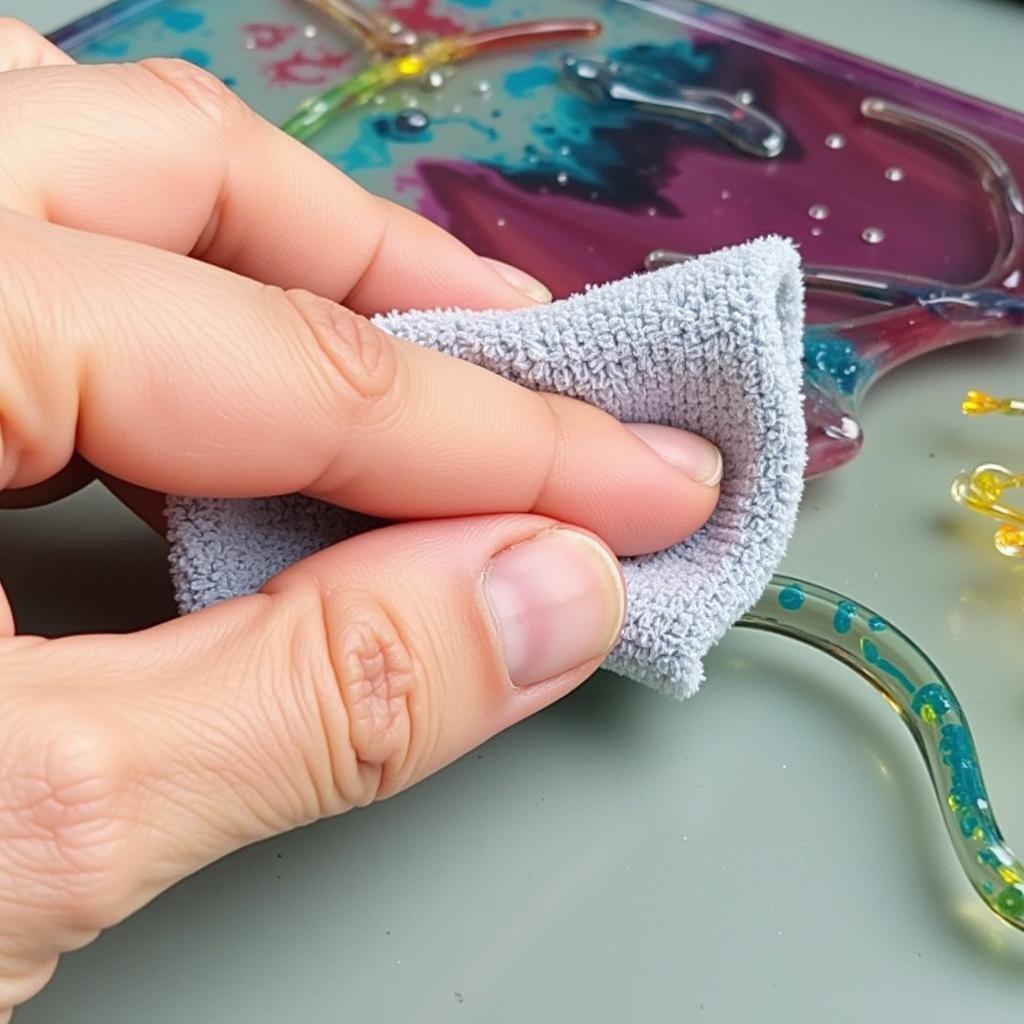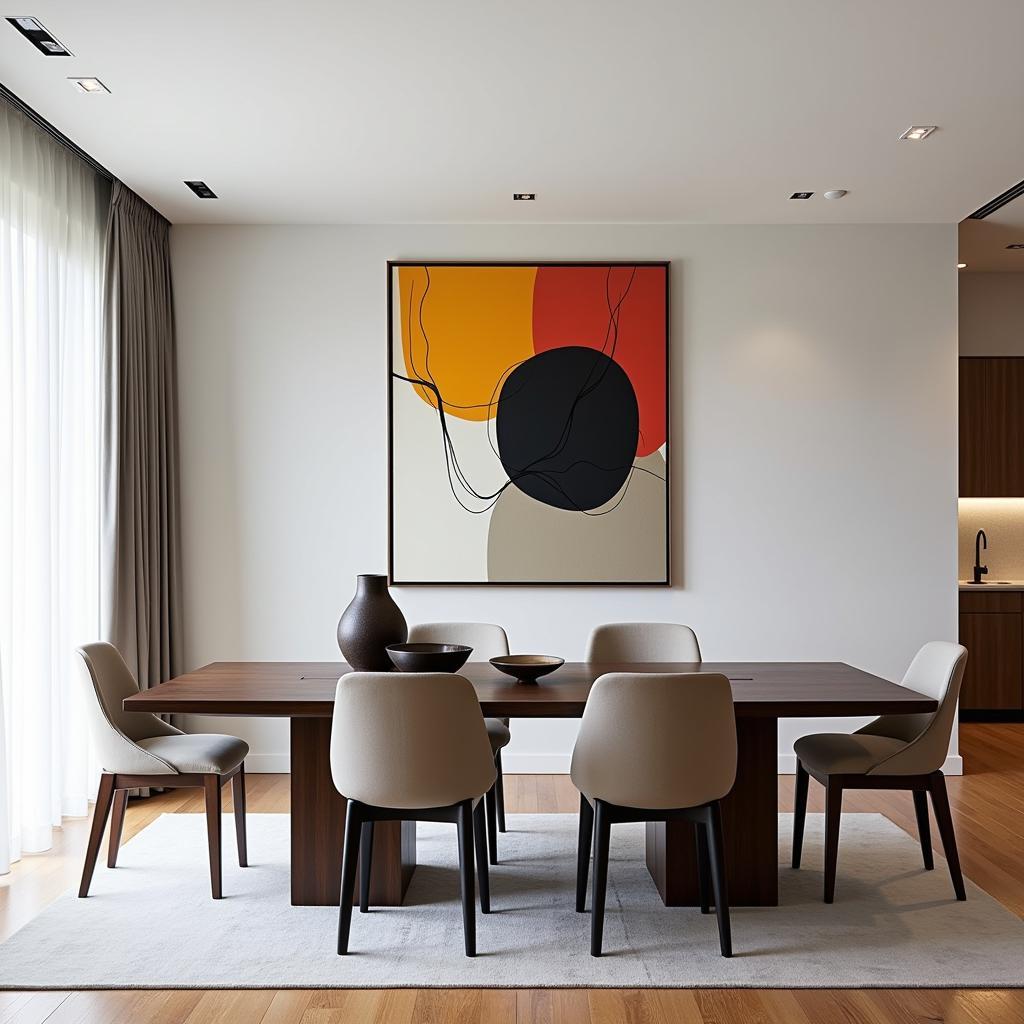Crafting a Winning Art Exhibition Proposal Example
Writing an art exhibition proposal can feel like navigating a maze, especially for emerging artists. How do you distill your creative vision into a document that’s compelling, professional, and captures the attention of gallery owners and curators? Fear not, fellow creatives! This guide dives deep into the intricacies of creating a winning Art Exhibition Proposal Example that can help propel your artistic journey to new heights.
 Essential Components of an Art Exhibition Proposal
Essential Components of an Art Exhibition Proposal
Unveiling the Power of a Strong Art Exhibition Proposal
An art exhibition proposal is your artistic passport, a meticulously crafted document that introduces you and your creative vision to galleries and curators. Think of it as a compelling narrative that weaves together the essence of your art, the story behind it, and the impact you envision it will have on viewers. A well-structured proposal not only showcases your artistic merit but also demonstrates your professionalism and understanding of the art world’s dynamics.
Deconstructing the Art Exhibition Proposal: A Step-by-Step Guide
While every art exhibition proposal is unique, reflecting the artist’s individual style and the exhibition’s theme, a successful proposal typically follows a structured format. Here’s a breakdown of the essential components and tips on how to make each section shine:
1. Artist Statement: Your Artistic Manifesto
Your artist statement is your voice, your artistic credo that encapsulates your creative journey and the driving force behind your work.
- Concise and Captivating: Keep it brief, ideally within a page, and avoid jargon. Write in clear, engaging language that resonates with a wider audience, not just art connoisseurs.
- Highlight Your Uniqueness: What sets your art apart? What themes, techniques, or concepts are you exploring? What message are you trying to convey through your work?
- Connect with the Exhibition Theme: If you’re submitting to a themed exhibition, make sure your statement aligns with the theme and explains how your work contributes to the overall concept.
2. Exhibition Proposal: Painting the Big Picture
This section provides a clear and concise overview of your proposed exhibition.
- Exhibition Title: Choose a title that’s both evocative and relevant to your artwork and the exhibition’s theme.
- Exhibition Summary: Offer a brief yet captivating description of your proposed exhibition. Outline the theme, the body of work you intend to showcase, and the overall message or experience you aim to create for the viewer.
 Sample Art Exhibition Proposal
Sample Art Exhibition Proposal
3. Artwork Information: A Visual and Conceptual Guide
Provide a detailed inventory of the artworks you plan to exhibit.
- Artwork Details: For each artwork, include the title, year of creation, medium, dimensions (height x width x depth), and a brief description.
- High-Quality Images: Accompany each artwork description with a high-resolution image. Ensure images are clear, well-lit, and accurately represent the artwork’s colors and details.
4. Exhibition Logistics: The Practical Side of Art
This section demonstrates your understanding of the practical aspects of organizing an exhibition.
- Space Requirements: Specify the amount of gallery space you anticipate needing for your exhibition.
- Installation Plan: Provide a general outline of how you envision the artwork being installed within the gallery space.
- Timeline: Include a proposed timeline for the exhibition, including installation, de-installation, and the exhibition’s duration.
5. Marketing and Outreach: Spreading the Word
Demonstrate your proactive approach to promoting the exhibition.
- Marketing Strategy: Briefly outline your marketing plan. Will you be using social media, press releases, or collaborating with art publications to promote the exhibition?
- Target Audience: Identify your target audience and how you plan to reach them.
6. Budget: A Clear Financial Picture
- Estimated Costs: Include a breakdown of anticipated expenses, including material costs, framing, transportation, installation, insurance, and marketing.
- Funding Sources: List any potential funding sources you’ve secured or plan to apply for.
For inspiration and guidance, you can find examples of art exhibition proposals online. For instance, you can find examples of art exhibition proposals that offer valuable insights and templates.
Final Touches: Polishing Your Proposal
- Proofreading is Key: Carefully review your proposal for any grammatical errors or typos. It’s helpful to have a fresh pair of eyes review it as well.
- Tailor Your Proposal: Customize your proposal to each gallery or institution you’re submitting to. Research their previous exhibitions and tailor your proposal to align with their artistic vision and target audience.
Conclusion: Setting Your Artistic Vision in Motion
Crafting a compelling art exhibition proposal sample is an art form in itself. By investing time and effort in developing a well-structured and engaging proposal, you’ll significantly increase your chances of seeing your creative vision come to life in a gallery setting. Remember, your proposal is more than just a formality; it’s an opportunity to showcase your artistic talent, professionalism, and passion to the world.




